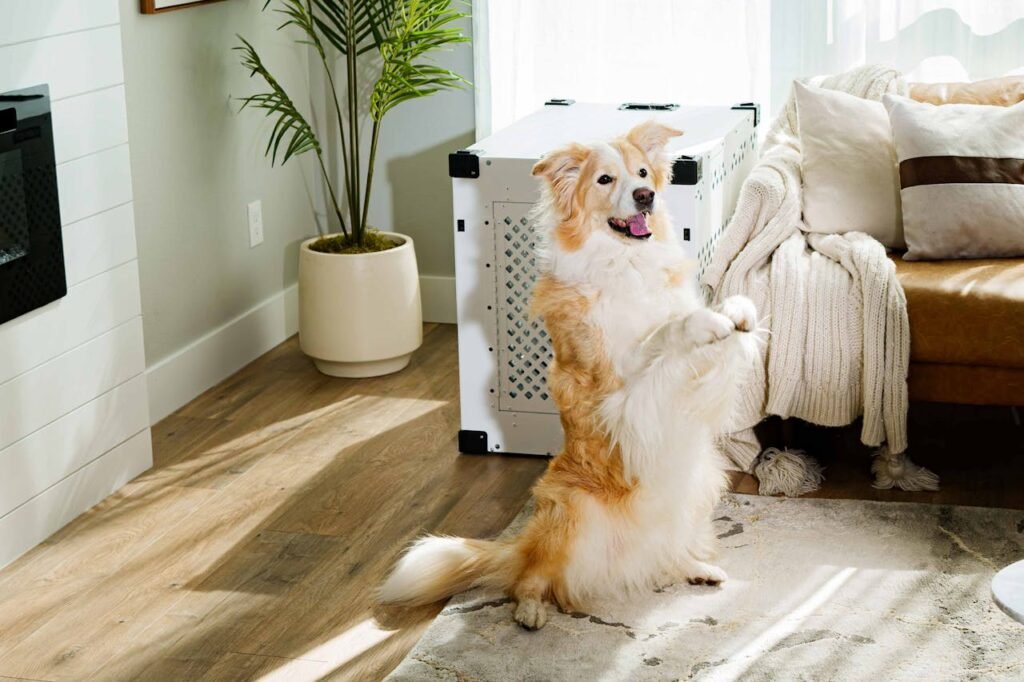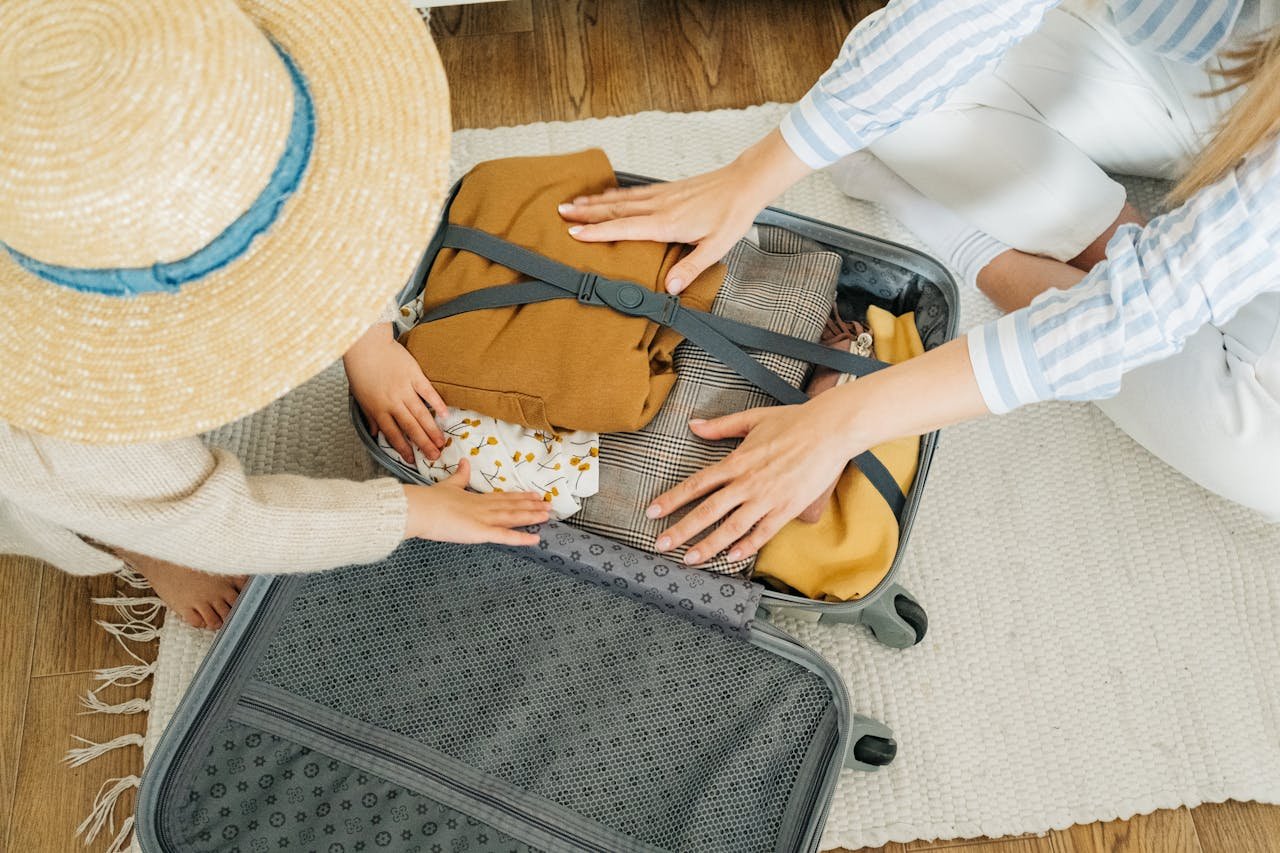Traveling with an emotional support animal (ESA) can provide a sense of comfort and calm, making your journey less stressful. These animals are more than just pets; they play a vital role in supporting your emotional well-being. However, the thought of traveling with an ESA can seem daunting, especially when you consider the different regulations and requirements involved. Understanding the rules, preparing necessary paperwork, and ensuring your animal’s comfort will go a long way in making the process smoother. Whether you’re flying, taking a road trip, or staying at a hotel, being informed about what to expect can help you feel more prepared. In this blog, we will share practical tips and insights to help you travel confidently with your emotional support animal.
Understanding ESA Travel Rules
Before you begin planning your trip, it’s important to familiarize yourself with the travel rules for emotional support animals. Airlines, public transportation, and various accommodations have distinct policies for ESAs, which often differ from those for regular pets. For instance, the Air Carrier Access Act (ACAA) protects passengers with disabilities who travel with ESAs, but recent changes mean not all airlines are required to accommodate them. Some airlines might no longer accept ESAs and instead treat them as regular pets, which might involve additional fees or restrictions.
When using ground transportation, such as buses and trains, check the specific policies of the company you’re traveling with since some are more accommodating than others. Preparing ahead of time and knowing what to expect will help you avoid unexpected complications and make your travel experience much smoother.
Researching ESA Policies at Certain Destinations
When traveling with an emotional support animal, it’s important to check the policies at your destination. For instance, if you have a dog and plan to visit a hypermarket like Walmart, confirm whether they permit emotional support animals at all. The best strategy is to look up the keyword does Walmart allow ESA dogs online for thorough information. Doing this research in advance helps you avoid any surprises.
Hotels and vacation rentals may have different rules regarding emotional support animals compared to standard pets. While some establishments welcome ESAs, others might require additional documentation or charge fees. Researching and contacting your destination in advance will help you avoid misunderstandings or issues, allowing you and your ESA to enjoy a stress-free stay. Always have a list of places where your ESA is welcome to prevent any disruptions during your travels.
Preparing Your ESA’s Travel Documentation
Proper documentation is an essential part of traveling with an emotional support animal. Most airlines, accommodations, and public spaces require a letter from a licensed mental health professional stating your need for an ESA. This letter should be up-to-date, usually within the last year, and include information about your condition and how your ESA provides assistance.
In addition to this letter, some airlines might have their own forms that need to be filled out in advance. Carry multiple copies of all necessary documents and keep them in a safe and easily accessible place, such as a travel folder. Being organized and prepared with the right paperwork will prevent delays and allow you to focus on enjoying your journey with your ESA.
Packing for Your ESA
Just as you would pack for yourself, it’s important to pack a travel bag for your emotional support animal. This bag should include everything your ESA might need during the trip, such as their favorite toys, a comfortable blanket, food, water, and any medications they may require. If you’re traveling by air, consider the length of the flight and ensure you have enough supplies for the entire journey.
For road trips, bring items like a portable water bowl, waste bags, and treats to keep your ESA happy and comfortable. It’s also wise to pack an extra collar, leash, or harness in case of emergencies. Having these essentials on hand will help your ESA feel secure and relaxed, making the trip more enjoyable for both of you.
Keeping Your ESA Calm During Flights
Flying can be stressful for your emotional support animal, especially if it’s their first time. To help them stay calm, try to take them on shorter trips beforehand to get them accustomed to traveling. This preparation can make the experience less intimidating. During the flight, provide treats, toys, or a familiar blanket to help your ESA feel more at ease.
If your animal tends to get anxious, consider consulting your veterinarian about possible calming techniques or medications. Your ESA should always remain in its carrier or sit calmly at your feet, so make sure they are comfortable in this position before your trip. The more familiar your animal is with the environment, the better they’ll handle the journey, leading to a smoother experience for everyone on board.
Tips for Road Trips with Your ESA
Road trips provide more flexibility than air travel but still require careful preparation to keep your ESA comfortable. Make frequent stops to allow your animal to stretch, drink water, and relieve themselves. This helps prevent restlessness and discomfort during longer drives.
Secure your ESA with a pet-friendly seatbelt or in a travel carrier to keep them safe while the vehicle is in motion. Never let your animal roam freely in the car, as it can be dangerous. Keep the temperature comfortable and avoid leaving your ESA alone in the car for extended periods, especially during hot weather. Having a familiar blanket or toy can help your ESA feel more at ease, making the road trip more enjoyable for both of you.
Handling ESA Behavior in Public Spaces
When traveling with your emotional support animal, it’s essential to maintain control over their behavior in public spaces. Your ESA should be well-behaved, calm, and responsive to your commands, especially in unfamiliar environments. If your animal struggles with social situations or gets anxious around strangers, consider basic training or consult a professional before your trip.
Always keep your ESA on a leash or in a carrier to prevent any unexpected encounters with other people or animals. This not only keeps your ESA safe but also ensures that others around you feel comfortable. Proper behavior will help create a positive experience for everyone involved and make it more likely that your ESA will be welcomed in various public settings.
In a nutshell, traveling with an emotional support animal requires thoughtful planning and preparation, but the rewards of having their companionship make it worthwhile. By familiarizing yourself with travel rules, preparing necessary documentation, and focusing on your ESA’s comfort, you can make the journey more enjoyable for both you and your animal. Whether you’re navigating airports, taking a road trip, or booking accommodations, each step you take in preparing helps make the process smoother. With these tips in mind, you and your emotional support animal can look forward to stress-free and memorable adventures together.
Photo by Impact Dog Crates:







